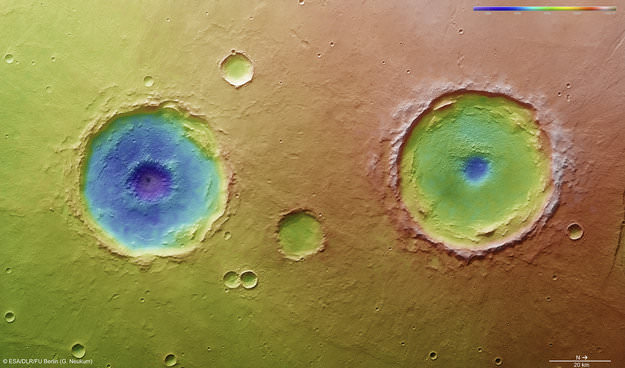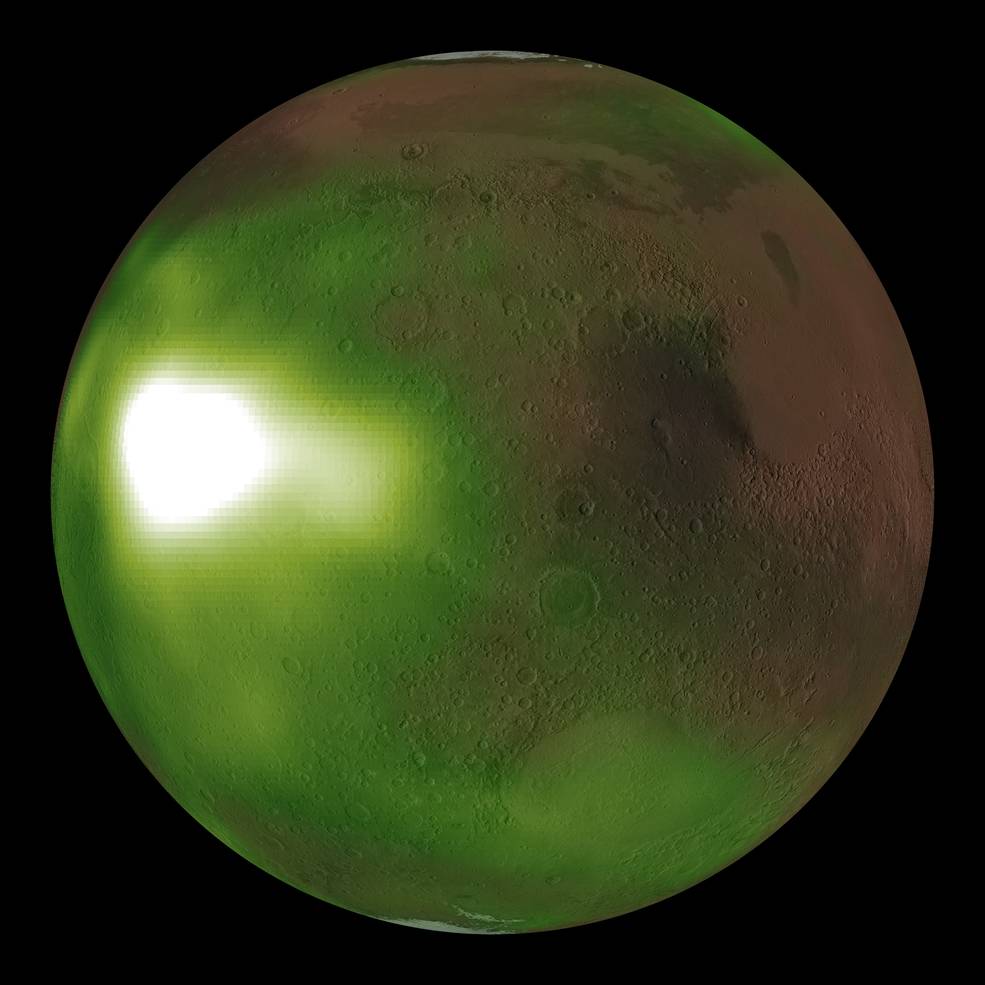NASA’s Mariner 9 was the first spacecraft to orbit another planet when it reached Mars in late 1971. It got there only a few weeks before the Soviet Union’s Mars 2 and Mars 3 spacecraft, despite being launched 11 days later than those missions. Unfortunately, there was a major dust storm when Mariner 9 arrived, and NASA had to wait until January before the spacecraft could get good images.
When it did get those images, they revealed a surprise: volcanoes and lava flows cover large portions of the Martian surface.
Continue reading “This Martian Lava Tube Skylight is 50 Meters Across. The Biggest Lava Tube on Earth is Only 15 Meters Across”









